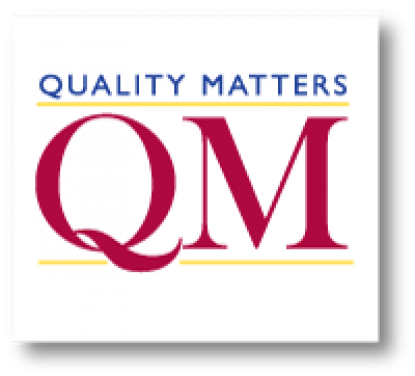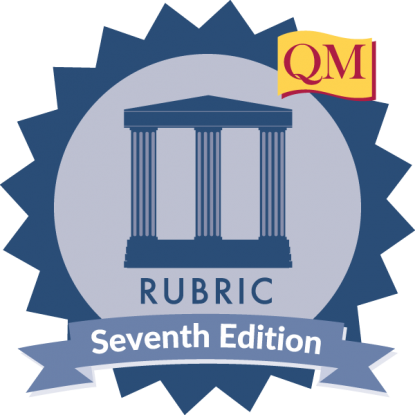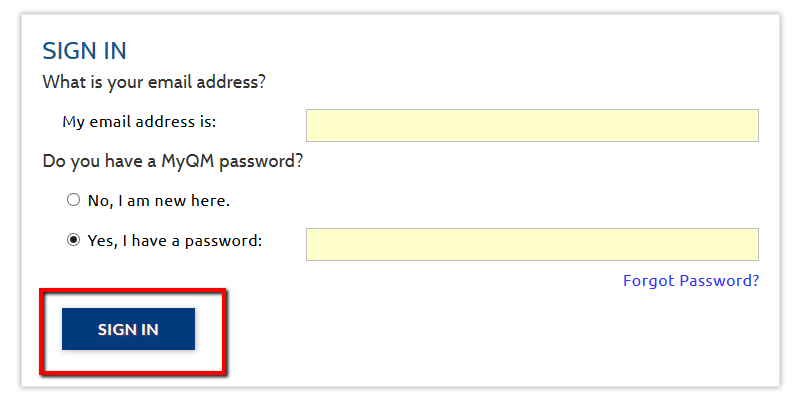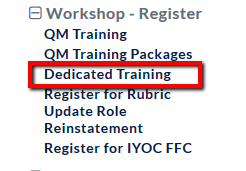
About Quality Matters
Quality Matters (QM) began as a consortium of higher ed institutions, mostly community colleges, in Maryland called MarylandOnline. Certificates and degrees were offered online, and courses were shared through a program not unlike the Internet Course Exchange (ICE). However, uncertainty about the quality of peer institutions was an immediate obstacle, ultimately overcome through the creation of common design standards funded by a FIPSE grant in 2003.

Quality Matters is focused on course design rather than course delivery or performance and features:
- A set of standards for online/blended course design
- A faculty-centered peer review process for courses with an online component
- A tool for instructional designers to work with faculty
- A professional development opportunity for faculty and staff
Today, many states have their own QM consortium; the Ohio Quality Matters Consortium has even innovated a bartering system for course reviews.
Quality Matters Rubric

The Quality Matters rubric is supported by current research literature. It is reviewed and updated every 2-3 years. "The rubric for the rubric" has been part of the process since the beginning. The underlying principles about continuous improvement are not limited to courses being reviewed; it also has a significant impact on faculty development as well.
The QM Higher Ed Rubric is focused on holistic course design and the use of technology to support quality instruction and promote student learning. Currently, the rubric is in its 7th edition (2023), and consists of eight key areas. While it might appear like a checklist, the rubric has an intrinsic connection between Specific Review Standards called Alignment that individuals unfamiliar with QM often overlook. This basic internal structure ensures critical course components work together to build effective online course.
Applying the QM Rubric
Course Reviews rely on a community of collegial and collaborative coordinators, facilitators, and peer reviewers.
Peer reviews are the most common way to be involved with QM. Reviewers are typically compensated for completing each review. Reviewing online courses (often from other colleges and universities) allows you to gain insight into your own practice and walk away with new ideas. Participating in peer reviews is a low-stakes activity that leads to continuous improvement.
Peer reviews are a safe space for sharing resources and leading by example. They promote a self-reflective cycle of growth. To understand what the review process entails, you are encouraged to attend the Applying the QM Rubric (APPQMR) workshop (please see the registration instructions below), which is the pre-requisite for the Peer Reviewer Course (PRC) that is required to become an official QM Peer Reviewer.
Even if you do not plan to become an official QM reviewer, APPQMR provides the foundational concepts of Specific Review Standards (SRSs) that are grounded in the research literature and best practice. The implementation of any SRS directly helps improve student learning. QM also has a variety of workshops that focus on different areas beyond the QM rubric. Your courses may already meet the expectations to be QM-certified!
Applying the QM Rubric Course (APPQMR) - Online Option
You can register yourself for the independent APPQMR session at no cost. This option is facilitated directly through QM, with courses beginning every week.
Delivery Options include 2-week long Asynchronous Online course OR a Synchronous Online courses offered as one full day or 2 half days.
It is important that you follow the instructions when registering, particularly your email address and the workshop you choose.
Seats are limited, and registration is on a first-come, first-served basis. Before you decide to register for the workshop, please check the syllabus to make sure that it works with your schedule. If you need any assistance, please contact Faculty Development and Engagement at FacultyDAE@waubonsee.edu.
Applying the QM Rubric Course (APPQMR) - Waubonsee Cohort Option
On occasion, Waubonsee will facilitate an entire cohort for the Applying the QM Rubric (APPQMR) course. This is a unique opportunity to learn about Quality Matters alongside your colleagues.
Please contact Waubonsee's Quality Matters Coordinator (QMC) and Course Review Manager (CRM) Jen Howard, with questions and to register for the next Waubonsee Cohort Course!
Frequently Asked Questions (FAQs)
For additional questions or for more information on QM or Course Review, please contact Jen Howard, Instructional Designer/Technologist through the Office of Faculty Development and Engagement.





